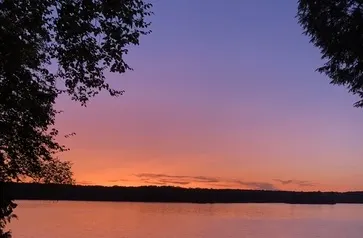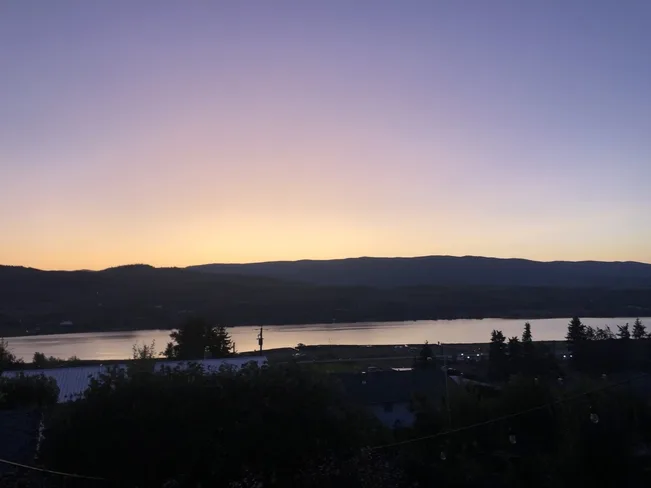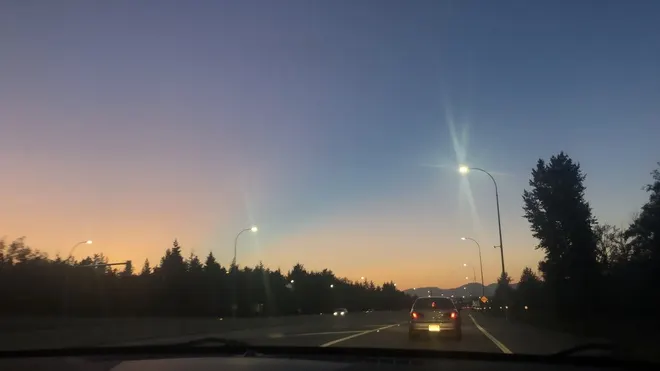
How this Russian volcano is turning Canadian skies purple
First, it supplied some of the most stunning images of a volcanic eruption ever captured, and now it turns out that Raikoke is the volcano that keeps on giving when it comes to photo ops.
You may have noticed an unusual hue to some of this summer's sunrises and sunsets, and you wouldn't be alone. Photographers across North America have been capturing shots of purple-toned twilights for the past few months, and new data from weather balloons has led researchers back to Raikoke's violent eruption as the cause.
When Raikoke blew its top on June 22, it shot ash and sulphuric gas nearly 20 km up into the atmosphere, sending some of its particles right into the stratosphere (the second-lowest layer of the atmosphere, above the troposphere). Researchers using high-altitude weather balloons sampled this portion of the atmosphere over the central United States in August and found a layer of aerosols -- in this case, mainly sulphur particles -- 20 times thicker than normal. The most likely source for these particles? Raikoke, who's plume spread from Russia's Kuril Islands and stretched across much of North America, following the prevailing winds.

Image: Tanya Pare, North Okanagan, British Columbia, Sept 9 2019
The purple tint comes courtesy of the scattering of light in the stratosphere just before sunrise or just after sunset when the sun's rays take the longest path to reach our eyes here on the surface. That scattering effect gives us the reds and oranges we're familiar with at sunrise and sunset. After the sun dips below the horizon at sunset, its rays are still briefly illuminating the stratosphere (we sometimes see noctilucent clouds at this time for the same reason). The same thing is true at sunrise, albeit for the opposite horizon.

Image: Ramanvir Purewal, Delta, British Columbia, Aug 25, 2019
The volcanic particles in the stratosphere also scatter blue light, and as anyone who remembers elementary school art class can tell you, red + blue = purple. Thus the brief purple glow in the sky.
SEE ALSO: Five facts about sunsets
Light scattering in the wake of massive volcanic eruptions has led to the cooling of the entire planet in the past as particles ejected into the stratosphere act like a light-reflecting blanket blocking out the sun. Fortunately for us, Raikoke -- though violent -- wasn't strong enough to significantly alter the climate.
The purple-tinge will end when the aerosols sufficiently settle out of the stratosphere, something the researchers believe will happen in another month or two. If you're interested in trying to catch the purple tint, your best bet is on clear, crisp days with relatively low humidity and low pollution at the surface.
Thumbnail: Lynn, Chandos Lake, Ontario, CA.
Sources: Science | IFLScience | Sky And Telescope |










